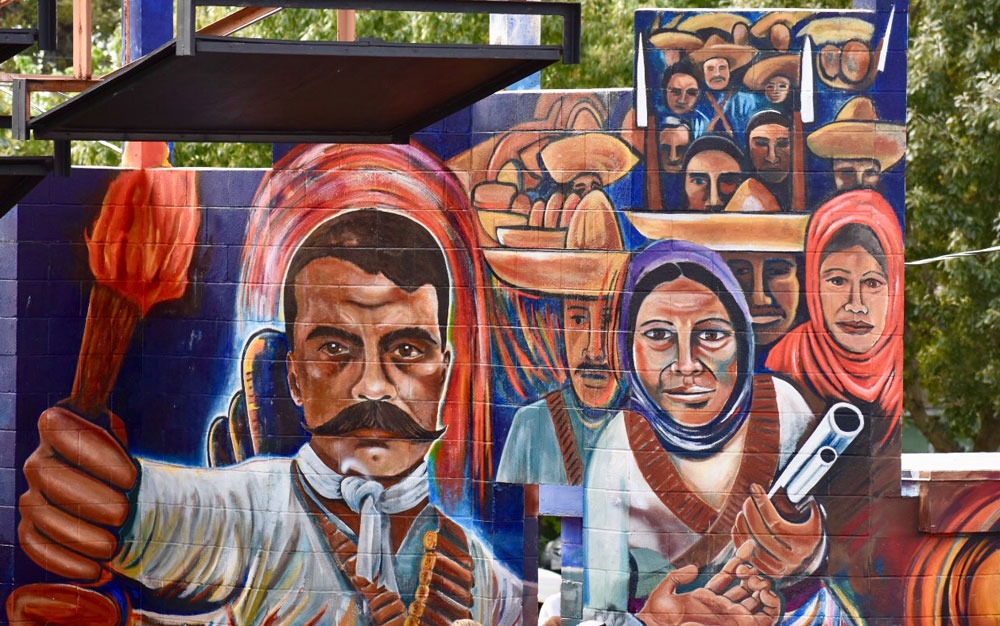
May 18, 2020; UT News, “Texas Perspectives”
There is now no question that the arts, once again, are to be one of the sectors hardest hit by the economic and social disruptions of COVID-19. We say “once again” because we watched and documented the field’s struggles during the last big recession, which now no longer seems so “great.” In that one, arts organizations felt the loss of donors, ticket buyers, and public money all at once, but in this go-round, we must add the wild card of the need to come back with physical distancing in place, necessarily reducing regular forms of public access for some groups.
And we can’t go on without pointing out the issues of structural exclusion and inequity that have been surfaced by the pandemic. Accordingly, some within the arts field argue that funding must be restructured and differently weighted to bring those at the margins toward the center of focus.
The city council of Austin, Texas, has voted to allocate recovery funds to musicians, which prompted a reminder from Bob Bursey, executive director of Texas Performing Arts, that this moment should not be wasted on trying to “return to normal” through continued outsized support to white-led institutions. Instead, he suggests greater investment in individual artists:
Independent artists from a variety of cultural backgrounds are the fuel of this economic engine. They are also among the most severely affected by the COVID-19 crisis. A national survey by Americans for the Arts showed more than 60 percent of artists are now unemployed and 95 percent of them have experienced income loss.
Sign up for our free newsletters
Subscribe to NPQ's newsletters to have our top stories delivered directly to your inbox.
By signing up, you agree to our privacy policy and terms of use, and to receive messages from NPQ and our partners.
The vitality of the arts in this country has been dogged for decades by a lack of direct investment in individual artists, and the funds that do exist are unequally distributed. Non-white artists and those from rural communities are historically underfunded. In responding to the pandemic, officials have a historic opportunity to disrupt this inequity.
National arts philanthropy has begun to face the crisis head on and has done so with an awareness of the disproportionate impact the pandemic has had on communities of color. Coalitions such as Artist Relief have formed to provide $5,000 grants directly to artists, with accountability for equity and inclusion.
Bursey voices concern over the recent elimination of the Community Initiatives Program of the city of Austin’s Cultural Arts Division, which provided artist grants in historically underrepresented communities. This, he says, is exactly what not to do, and he points us again to the WPA (Works Progress Administration) arts initiative started during the Great Depression, which lifted the rich cultural mélange that is this country’s best feature into public view. That kind of cultural revival can only be achieved with a courageous commissioning program.
“Significant, sustained investment now will again create an extraordinary creative boom,” Bursey writes. “Artists are ready to work and serve our collective need for beauty, joy and connection. Through investment in the arts, leaders can act boldly to see that loss and suffering are not the only things created during this time.”—Ruth McCambridge













